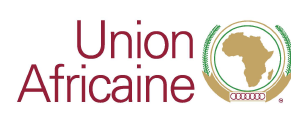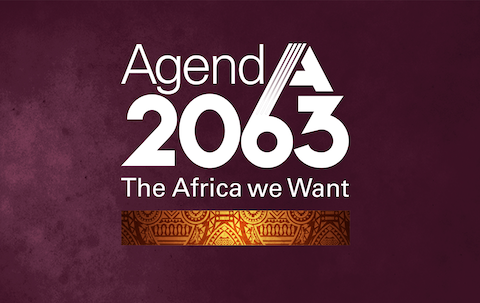Ressources
Kenya Humanitarian Update - 20 September 2011
HIGHLIGHTS
* A recount of applicants for refugee status in Dadaab has found large numbers attempting double registration. The apparent large backlog in applications for registration has been adjusted from 40,000 to 1,909. The average daily arrival rate for the past week was about 1,100 people per day.
* Deteriorating security situation along Somali border and around Dadaab; a vehicle belonging to an international NGO has been hijacked in Hagadera camp.
* Maize prices are on a downward trend but remain significantly above the five-year average.
OCHA Somalia Famine & Drought Situation Report No. 14, dated 20 September (covering the period from 15 to 20 September)
HIGHLIGHTS/KEY PRIORITIES
.Partners are scaling up response activities in order to reach the worst-affected population to avert further unnecessary deaths. Food assistance partners have reached 1.39 million people in crisis so far in the first two weeks of September, compared to 1.3 million throughout the month of August.
.An estimated 585,000 urban dwellers in Somalia are projected to be in crisis by December if interventions are not scaled up, a quarter more than the first half of the year.
.According to UNICEF, children constitute 80 per cent of the worst-affected population in the current famine.
Agenda 2063 is Africa’s development blueprint to achieve inclusive and sustainable socio-economic development over a 50-year period.








